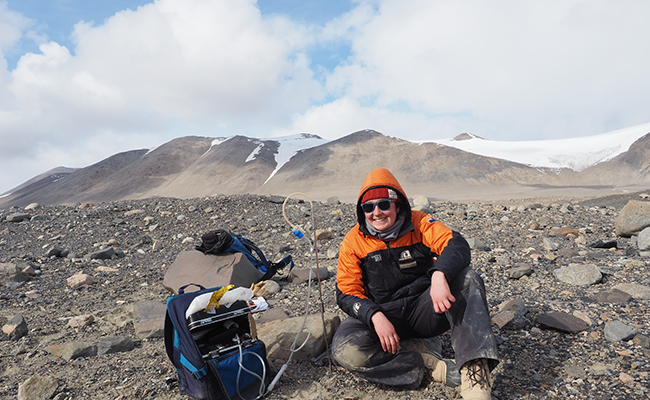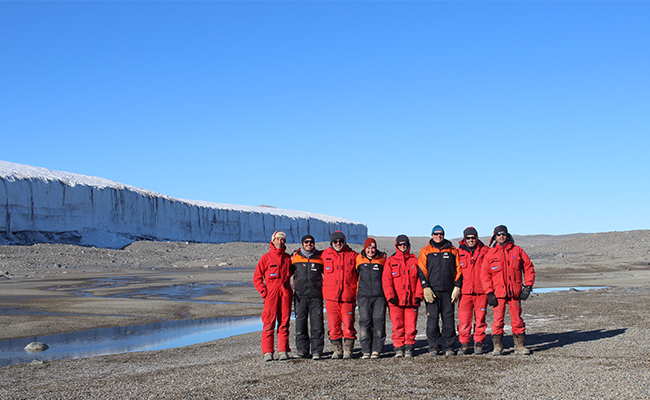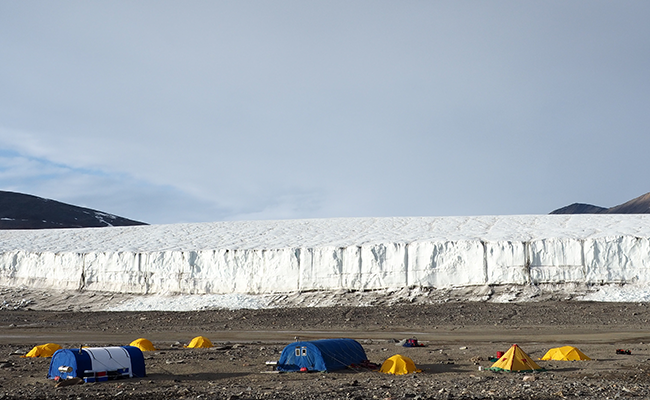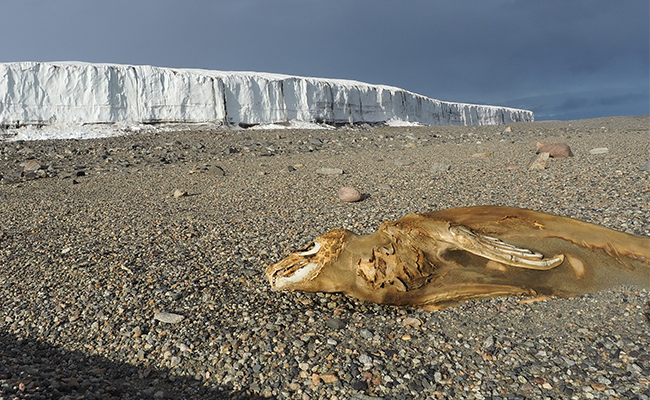Monday 17 April 2023 1:39pm

Honours student Lucy Davidson hoped her trip to Antarctica would help highlight the issue of climate change.
Lucy Davidson is likely to be one of few people who can claim they celebrated their 21st birthday in Antarctica.
The University of Otago Honours in Geology student recently returned from a six-week stint on the chilly continent as a Blake Antarctic Ambassador.
She worked with a research team investigating how the permafrost holds, stores and releases greenhouse gases.
Permafrost is frozen ground beneath unfrozen ground.
As a result of climate change and rising temperatures, gases stored within the permafrost are being released into the atmosphere, Davidson says.
When the opportunity to become a Blake Ambassador popped up, she grabbed it, keen to highlight the issue of climate change, why it’s important, and to inspire other people to look after Antarctica.

Lucy travelled with seven other scientists from Aotearoa New Zealand and Italy.
“It was a massive opportunity for me to be around such incredible researchers and be in such a unique environment.”
She left Christchurch for Scott Base late in December 2022, and upon arrival met up with people from GNS Science, Antarctica New Zealand and INGV, the Italian equivalent of GNS.
The team of eight was there to conduct an extensive survey of Wright Valley and then Taylor Valley, two of the McMurdo Dry Valleys’ many valleys, digging into permafrost to take measurements of carbon dioxide from more than 300 sites.
One of Davidson’s jobs was to vacuum glass vials before samples of permafrost gases were inserted. The vials of gas were later analysed.
“We spent a month in the Dry Valleys, camping and living on top of each other, having to work together. It definitely highlights the importance of teamwork,” Davidson says.

At times, Lucy felt as though she were camping somewhere 'not on earth'.
Camping in Wright Valley, an area that has been compared to Mars, was quite an experience.
“At times we definitely felt like we were not on earth.”
Nearby glaciers contribute to the largest river in Antarctica, Onyx River, which is actually quite small due to how cold and dry the area is and flows through the valley inland from the coast.
The team were then flown to Taylor Valley, which Davidson says is bigger and more mountainous than Wright Valley. It was here she came across mummified seals which she says could be “thousands of years old”.
“It’s cold, so everything gets preserved very well.”
She got the feeling nothing had changed within the valley in hundreds of years, which made it a “really special” place.

A well preserved, mummified seal.
Throughout the journey, the Italians spent time making pastries and pizza for everyone to enjoy, which made for a “unique” Antarctic field camp, Davidson says. On the day of her birthday, they surprised her with a cake.
Once the survey was complete, the team flew back to Scott Base, and from there Davidson flew back to Christchurch.
The survey was part of the first multi-year, extensive survey of its kind conducted in Antarctica.
In 2019, the team conducting a survey of the same area were not reaching permafrost until 50 to 100 centimetres below the surface, while Davidson’s team were able to reach the permafrost from 30 to 50 centimetres, she says.
Even though the two surveys were conducted at during different seasons, the permafrost is changing a lot, she says.
-Korero by internal communications advisor, Koren Allpress
